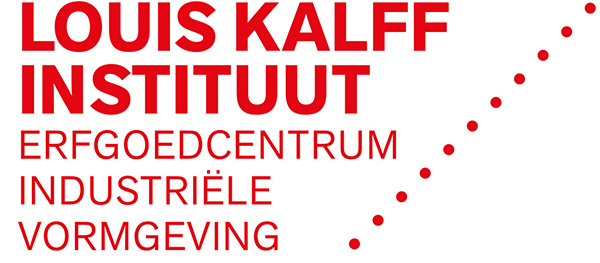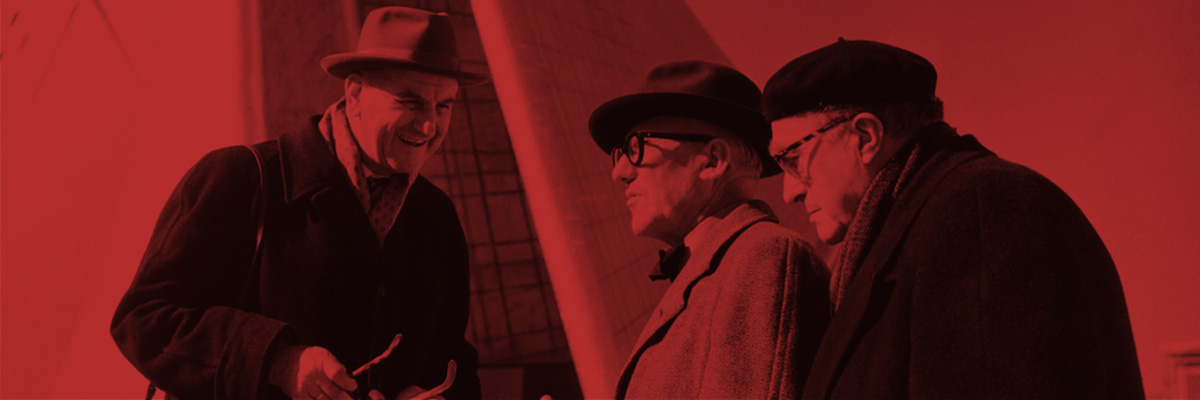Emile Truijen (1928-2003), industrial designer and teacher. Truijen was born as one of two twins in Surabaya, Indonesia. His family moved to the Netherlands when he was four. He was struck by polio, leaving him with a paralysed leg. His father became Director-General at the Ministry of Economic Affairs. After studying interior architecture at the Academy of Art in The Hague (until 1952), he took courses in mechanical engineering for a year. He did his internship at Philips. In 1953, he studied at the Carnegie Institute of Technology and the Pratt Institute in the United States (with a scholarship from COP), where he was a teaching assistant and worked with professor Felver. Truijen was impressed by the speed at which they made numerous different products and by their professional and businesslike approach, but he felt that the Americans lacked research and analysis. He reported on American design education to René Smeets in Eindhoven.
Truijen started to work with Rob Parry, who had also studied at the academy in The Hague and had done an internship with Gerrit Rietveld in 1954. They worked at shop interiors, art fair stands, exhibitions, and products such as the well-known double mailbox for the Dutch postal service (PTT), which has remained in use for decades since 1958. Parry and Truijen ended their collaboration that year. Truijen continued alone, but he wanted to set up an agency where, following the American model, multiple disciplines come together under the one roof. Simultaneously, he worked as a teacher at the Eindhoven Academy of Industrial Design (from 1955 to 1965).
In 1962, he associated himself with Jan Lucassen, one of his students. Truijen-Lucassen designed utensils, furniture and medical equipment. A number of these assignments were provided through the Institute for Industrial Design (IIV). They made shop interiors for Vroom & Dreesmann (V&D) for ten years. Truijen called himself someone who puts things into perspective and who is not dogmatic with regards to the professional views of the time.
The growing agency was named Tel Design Association in 1965. They worked on the house style of the flemish company Dumont Wijckhuysen, and that of the Dutch Railways (NS), for which Gert Dumbar was added to the partnership at the instigation of Siep Wijenbeek from NS. Gertjan Leuvelink, René van Raalte, Frans van Mourik and Jaap Drupsteen joined as well. Subsequently, they received assignments for De Spaarnestad, the Hollandse Beton Groep, Simon de Wit and for the house style of the PTT (together with Total Design). Because of his increasing teaching activities, Tuijen left the agency in 1971. He taught at the Delft University of Technology since 1964 and he helped setting up a design department. He became professor in 1971 and was named emeritus professor nine years later.
The Dutch version of this biography is taken from the book Visies op vormgeving, het Nederlandse ontwerpen in teksten deel 2: 1940-2000 (2008) by Frederike Huygen. The following sources have been used for this biography:
– Truijen, E. ‘Brieven van een designer. Een autobiografie’, Delft 1990.
– Vlemmings, M. ‘Emile Truijen 1928-2003’, Items 23 (2004) 6, p. 8.

